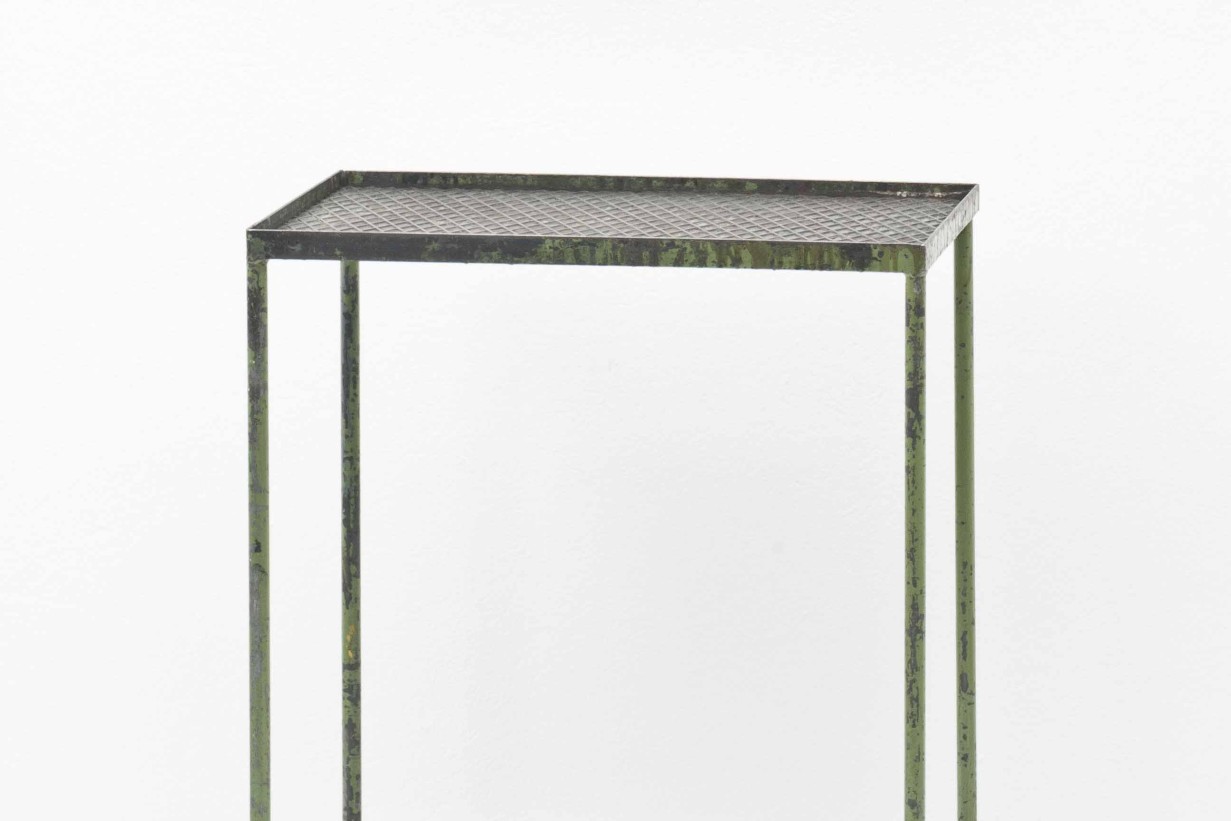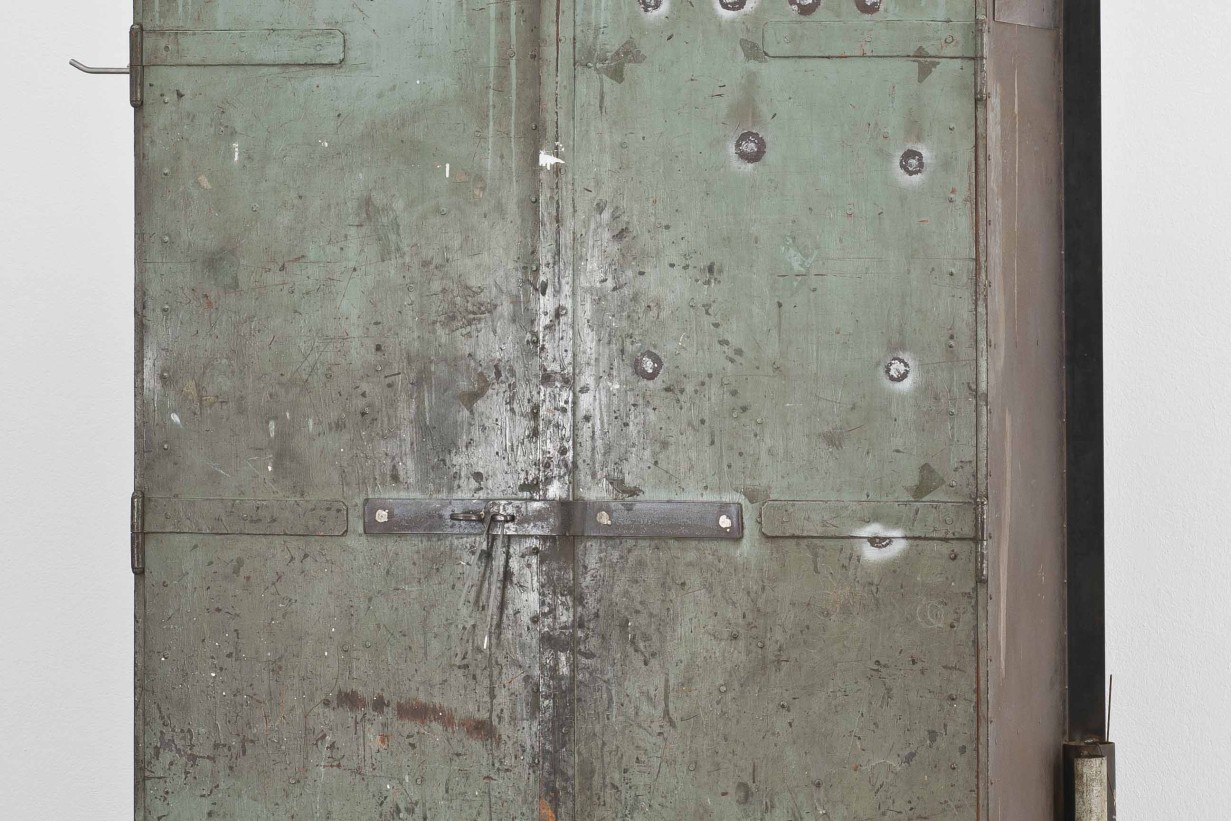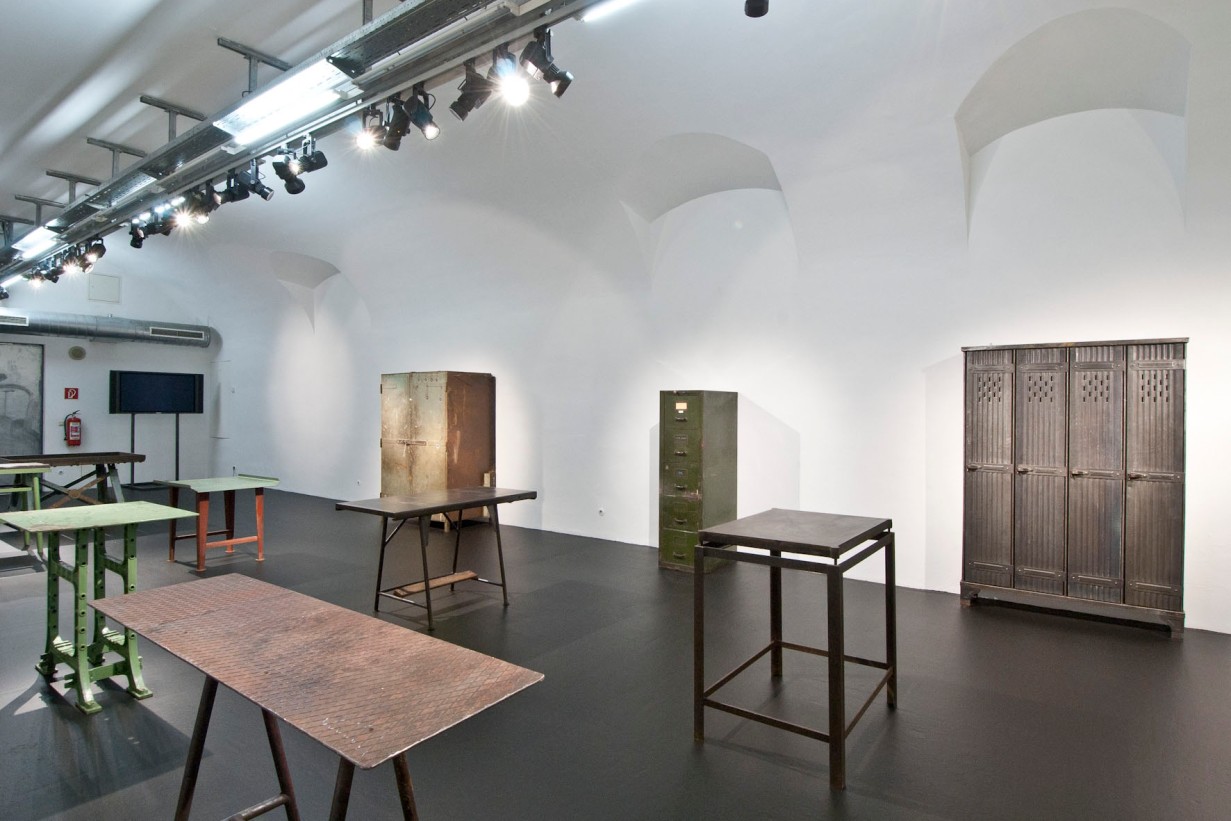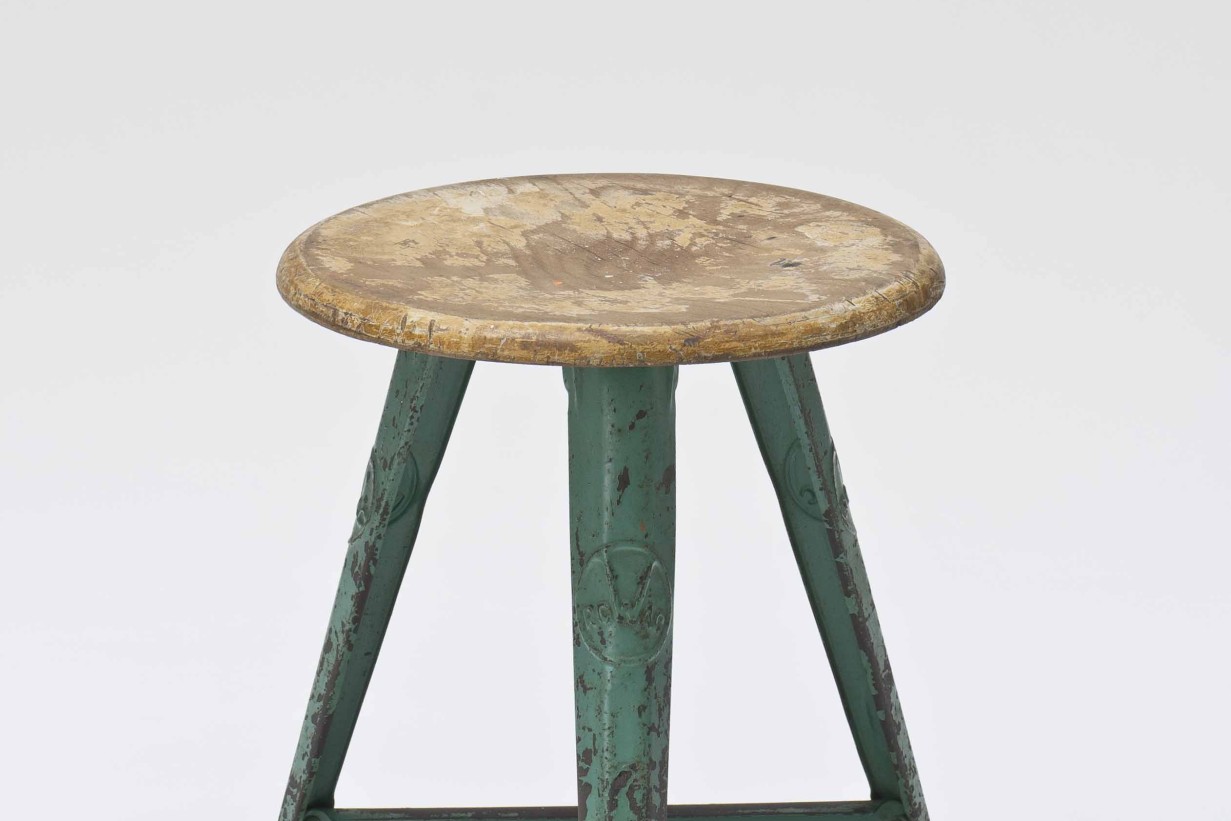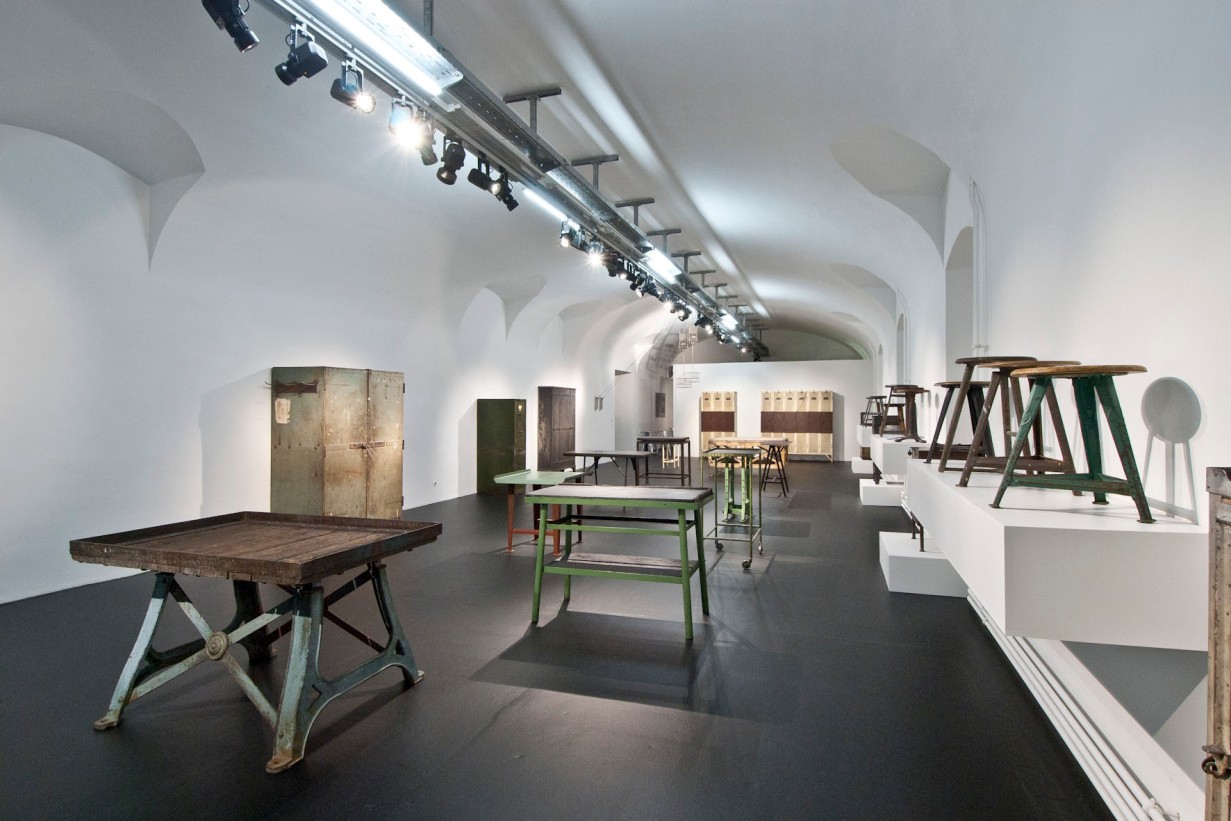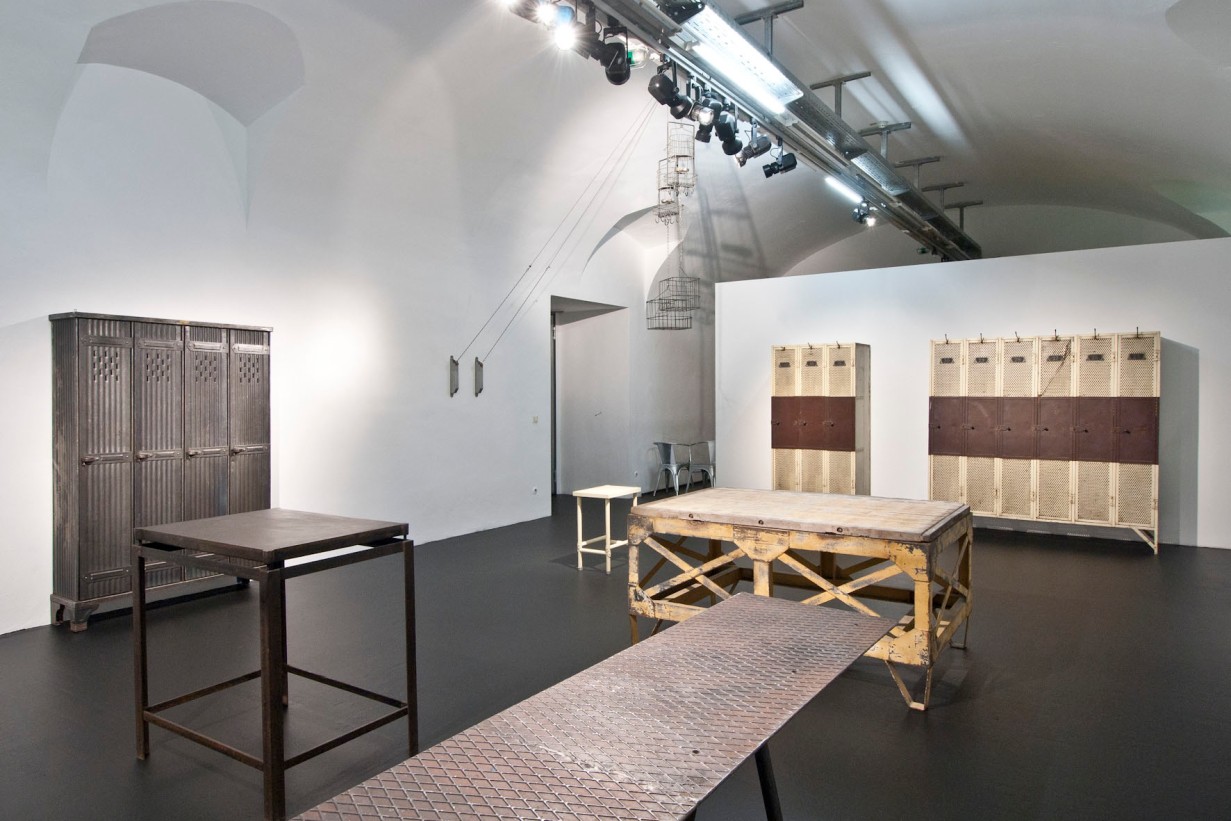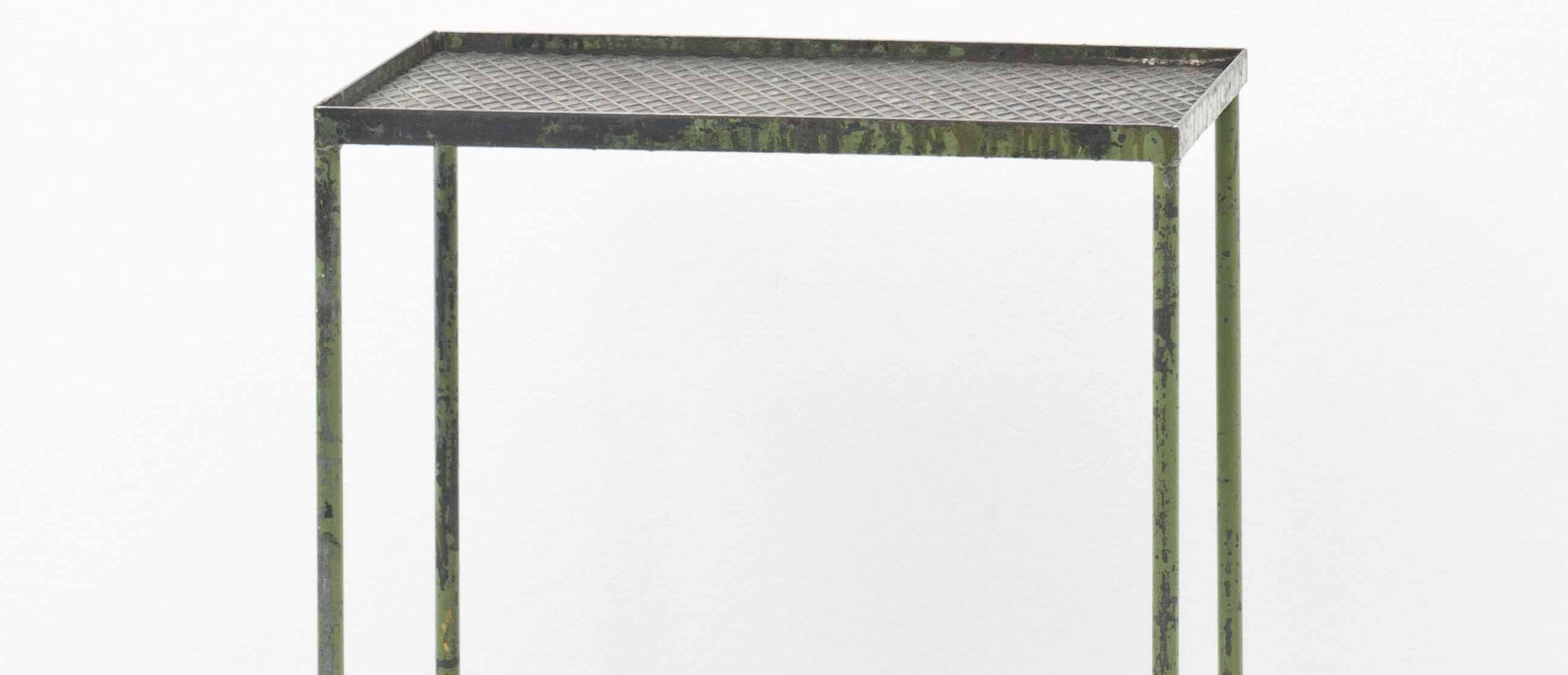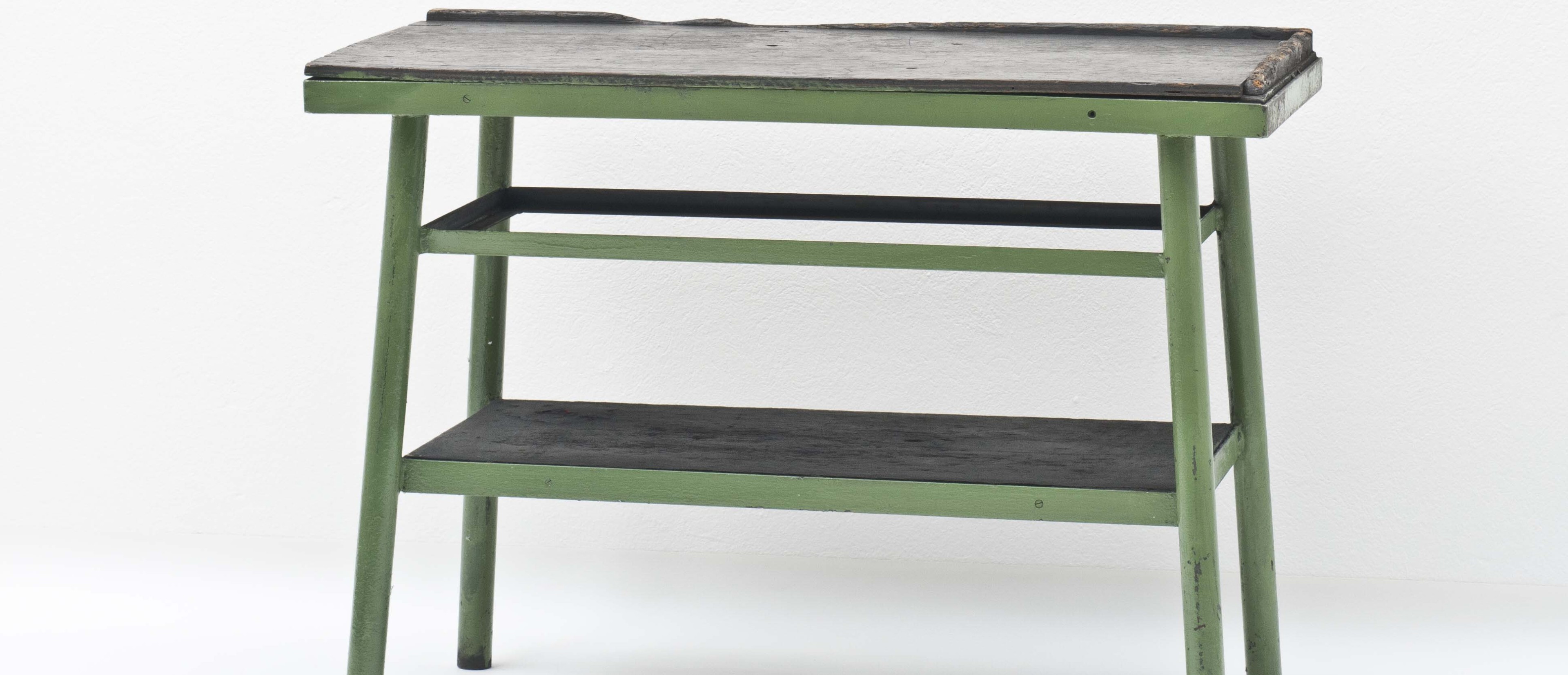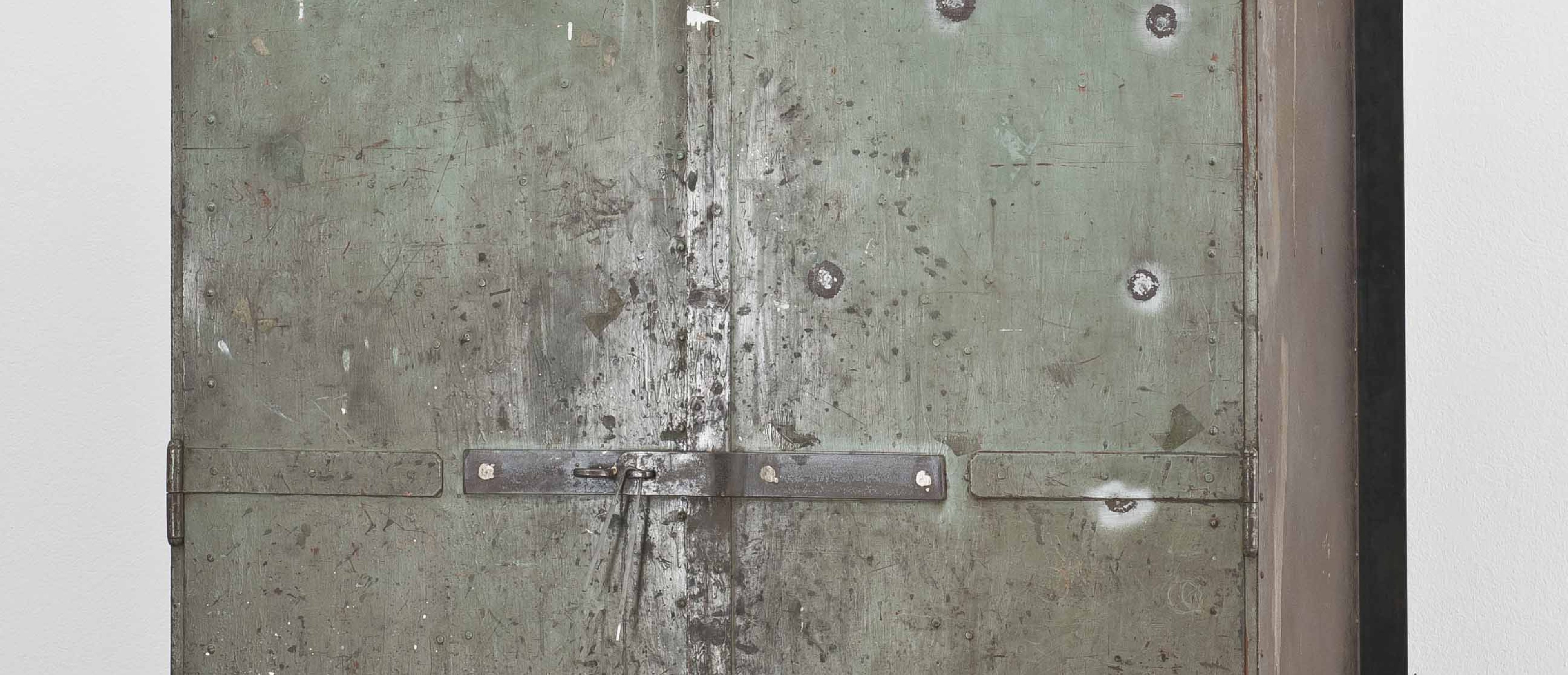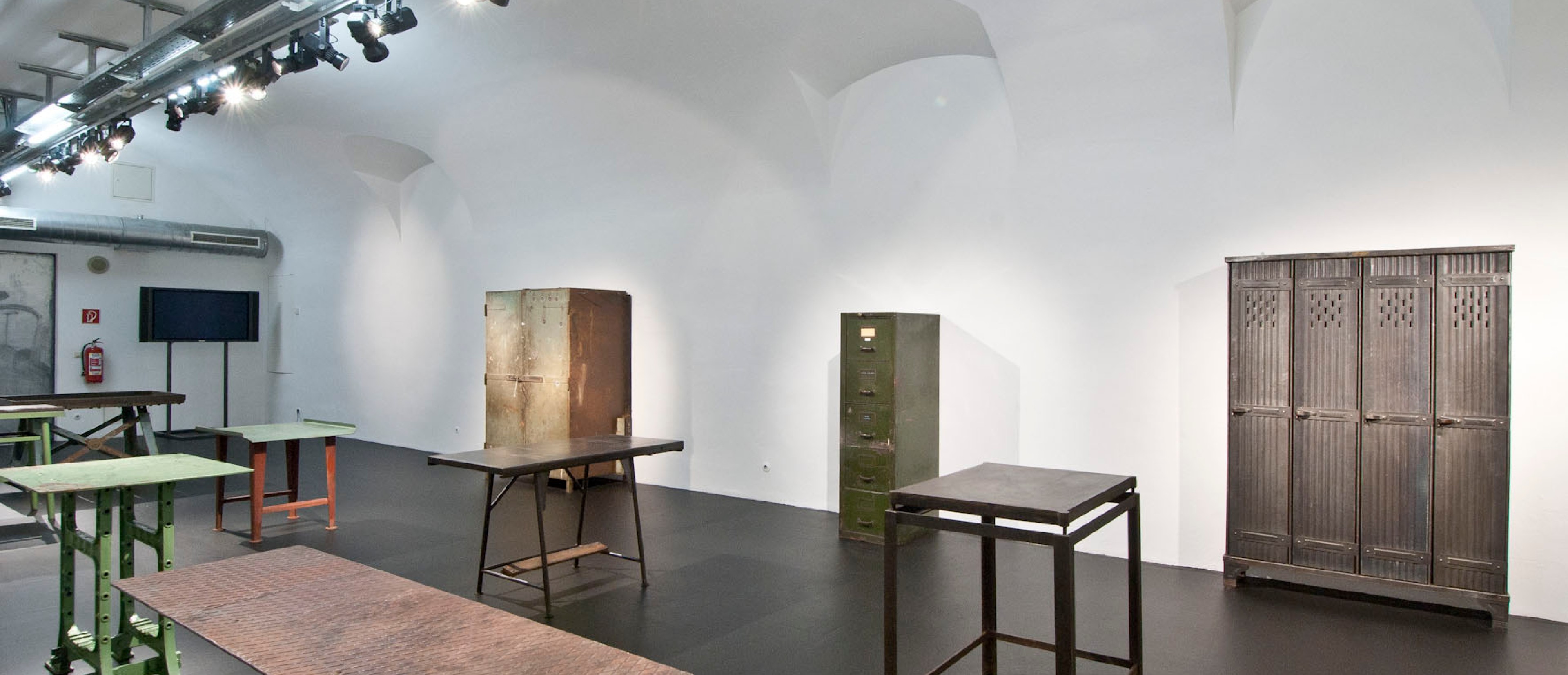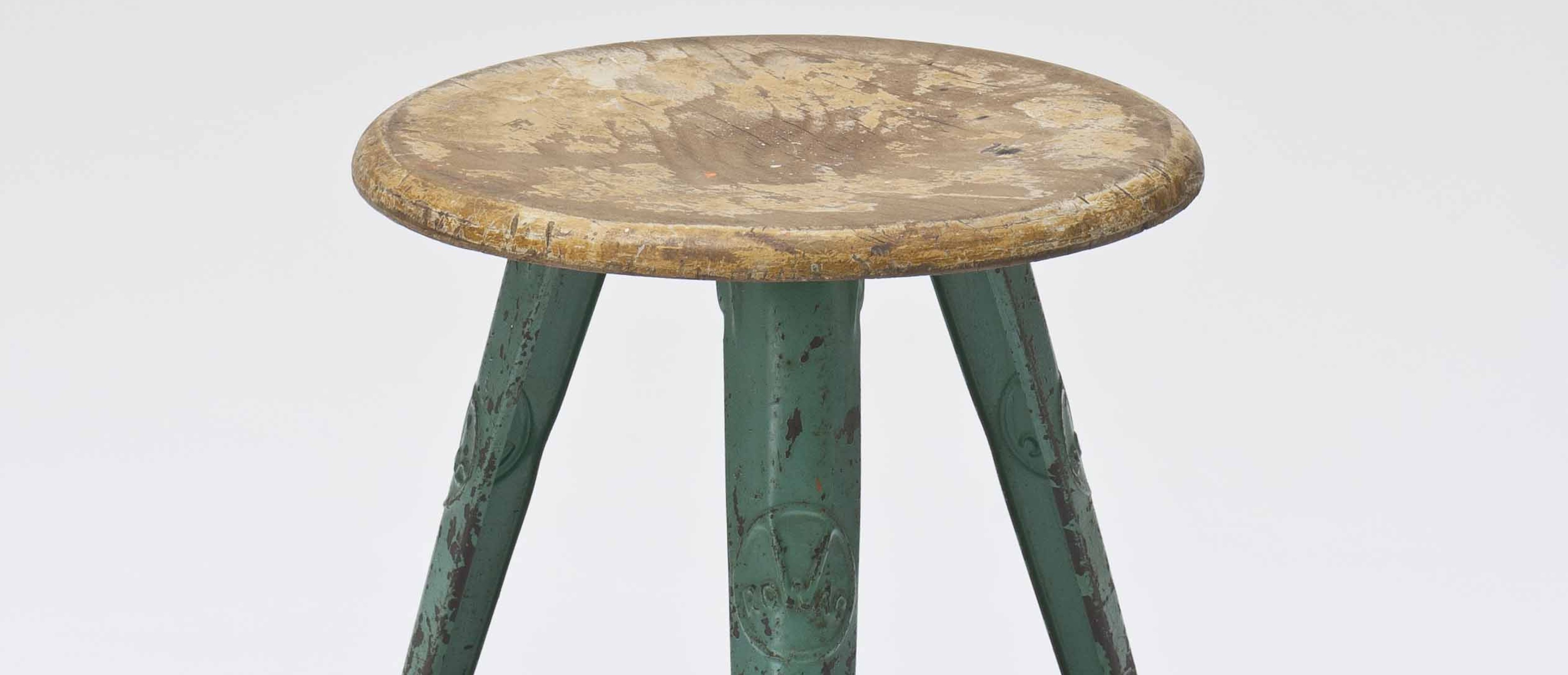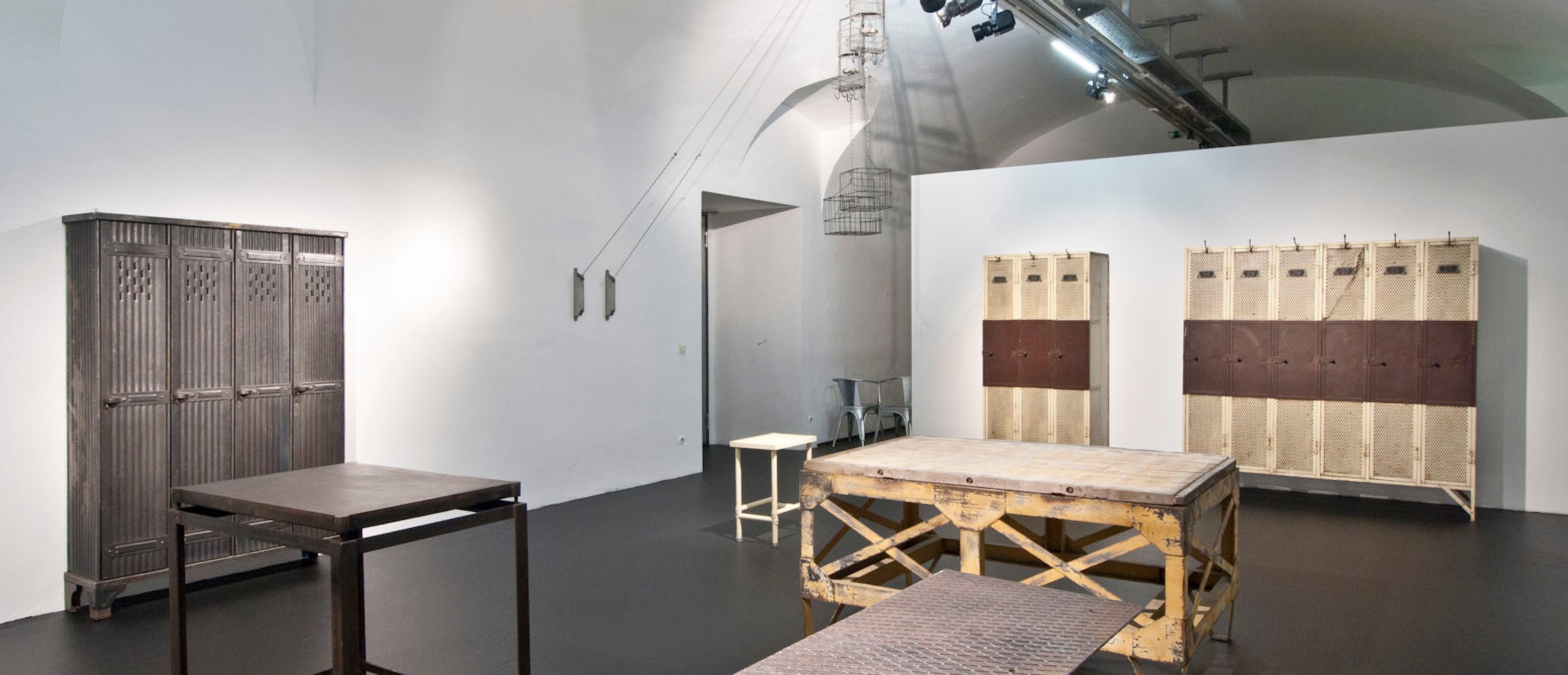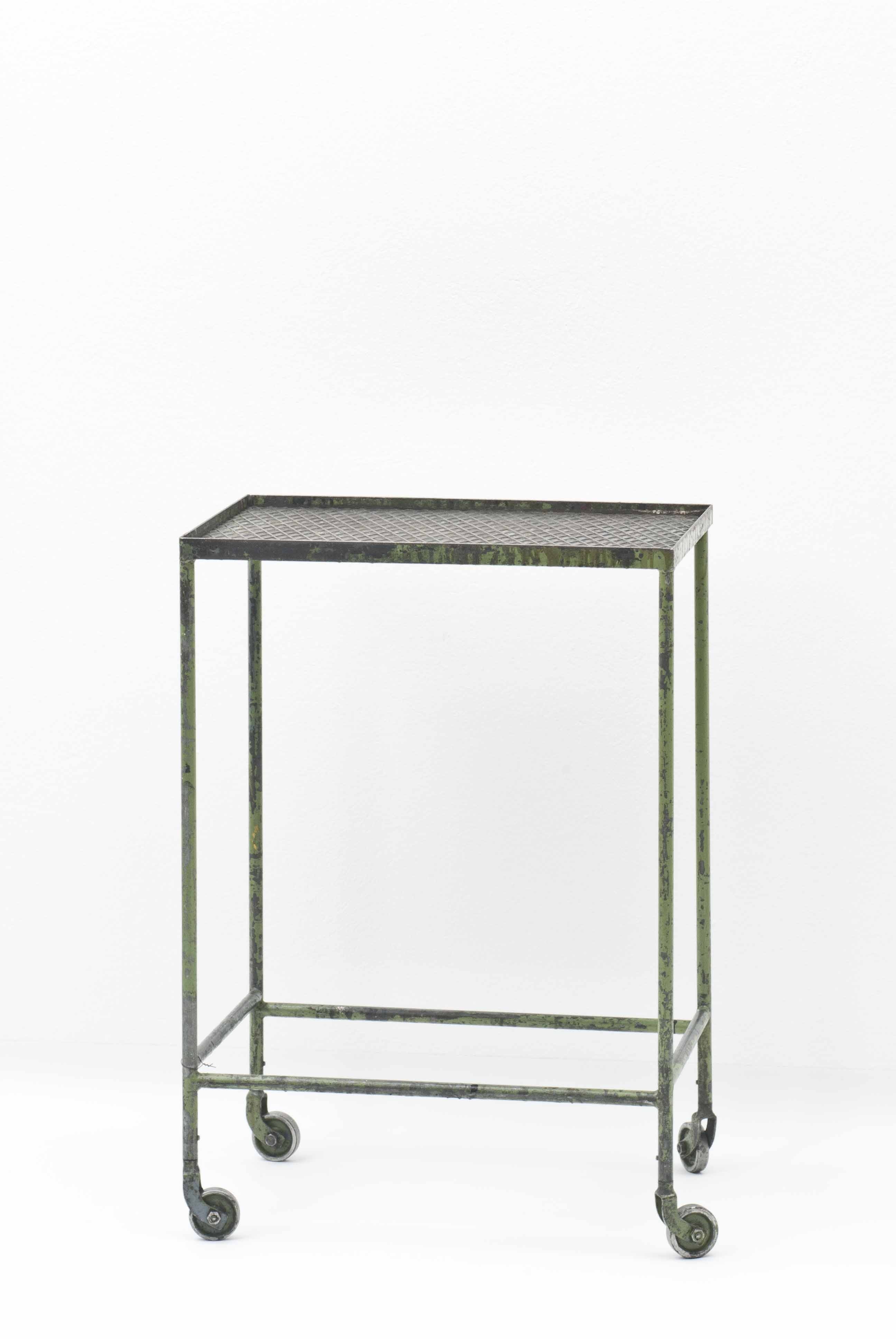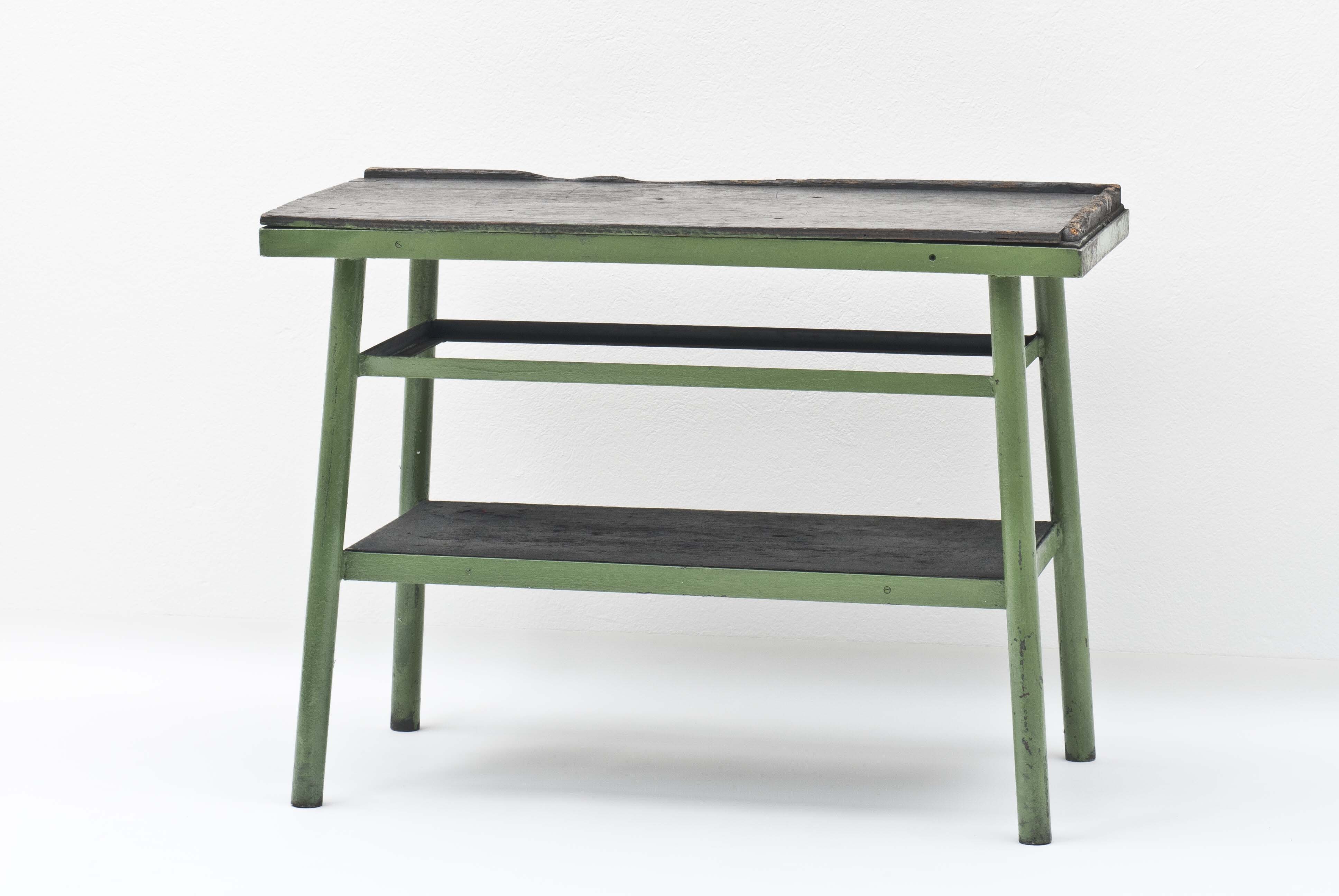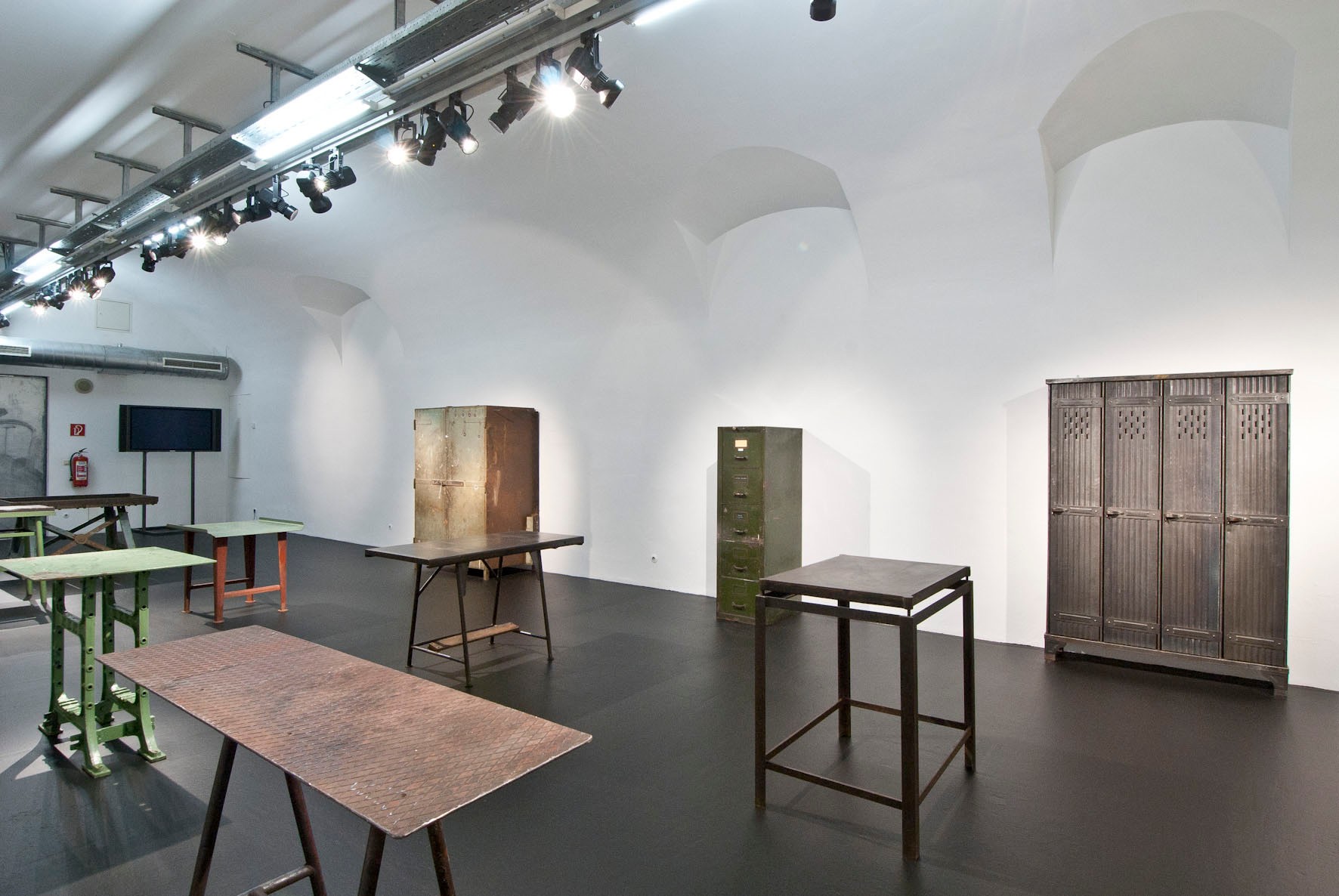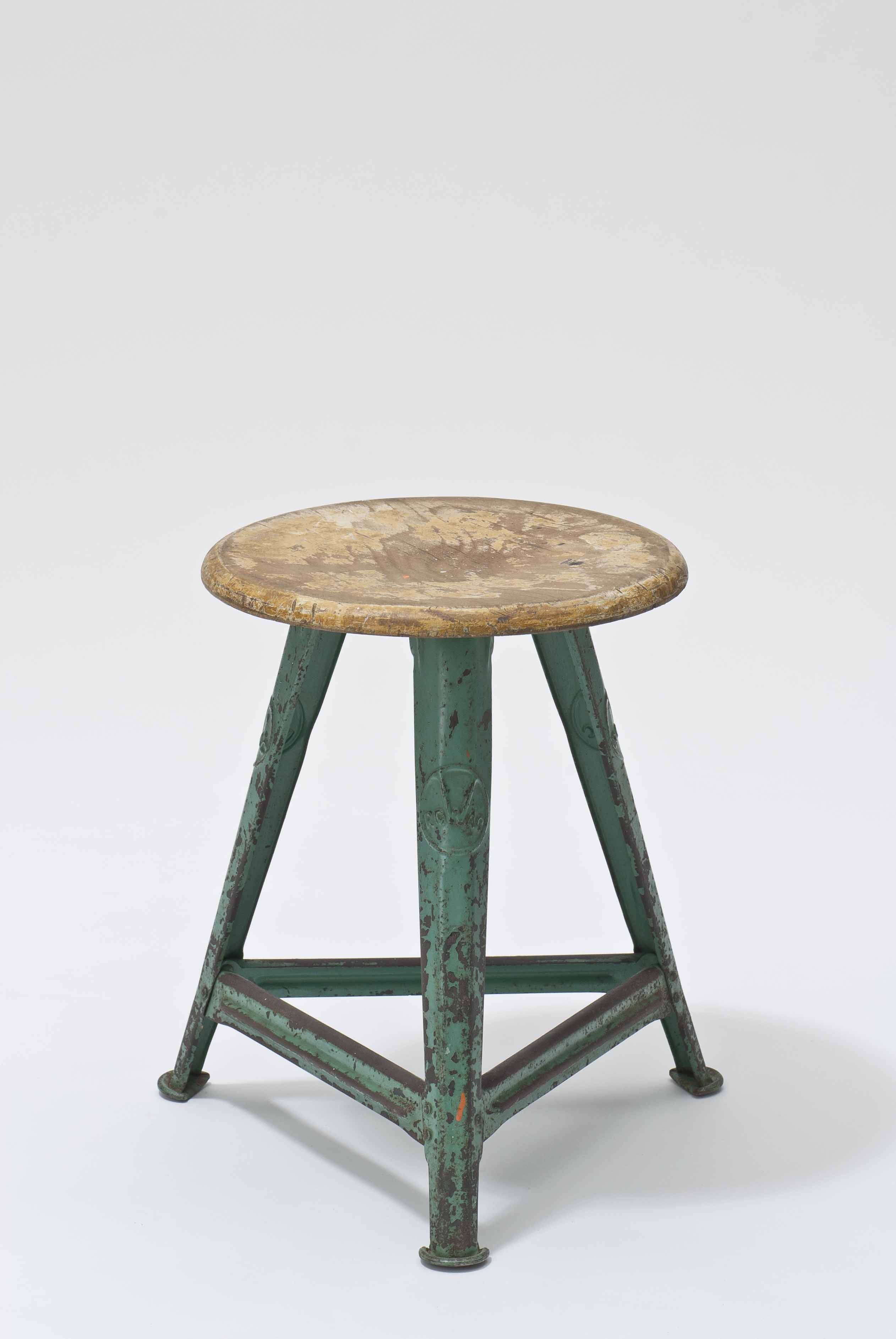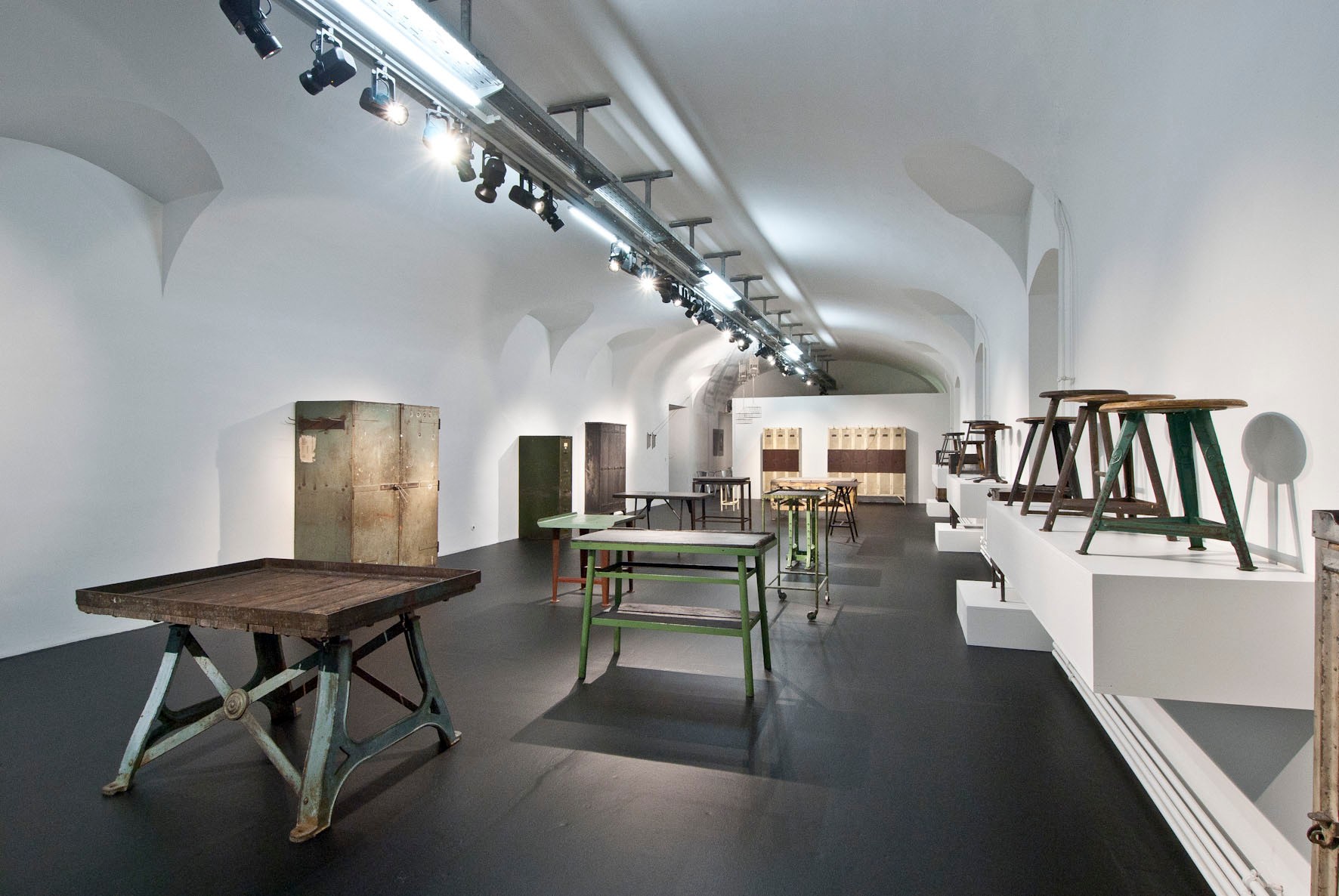To this day, some of the furniture used in factories and other
industrial facilities was made by the workers and mechanics themselves for particular purposes and activities and adapted to highly specialized production processes. In their strict orientation towards functionality, these simple and utilitarian pieces of “industrial furniture” - which usually feature screwedtogether or welded iron plates, sheet metal, steel pipes and wooden boards - differ clearly from the typical smooth, uniform aesthetics of contemporary designer furniture. Since the 1970s - which marked the end of the classic Industrial and Machine Age - industrial furniture has increasingly been used in private living quarters, particularly in the furnishing of lofts and big-city apartments. But even if this furniture has long been valued and collected by connoisseurs - often including artists, designers and architects - and will sometimes even fetch high prices, it so far represents a hitherto entirely neglected phenomenon of art and design history. With work tables, industrial stools, lockers and tool cabinets from Austrian factories, as well as several foreign examples displayed for purposes of comparison, this exhibition for the first time presents furniture objects which not only display traces of work and patina from the bygone industrial age, but can also be viewed as the quintessence of functional design.
Curator Sebastian Hackenschmidt, MAK Curator Furniture and Woodworks
Catalogue "INDUSTRIAL FURNITURE - Prototypes of the Modern Era," MAK Vienna (ed.), with contributions by Sebastian Hackenschmidt, Martina Kandeler-Fritsch und Monika Wagner, MAK Studies 20, German/English, 128 pages, MAK Vienna/Verlag für moderne Kunst Nürnberg 2011, € 25. MAK Design Shop
In the Study Collection, the MAK exhibits selected objects of its extensive collection on a permanent basis. The arrangement by materials corresponds to the specializations of the collection's curators, while the selection of objects is based on major lines of development. Moreover, temporary exhibitions offer an opportunity to cast a spotlight on various aspects of the collection and to consider objects in the collection between the poles of applied and contemporary art.
